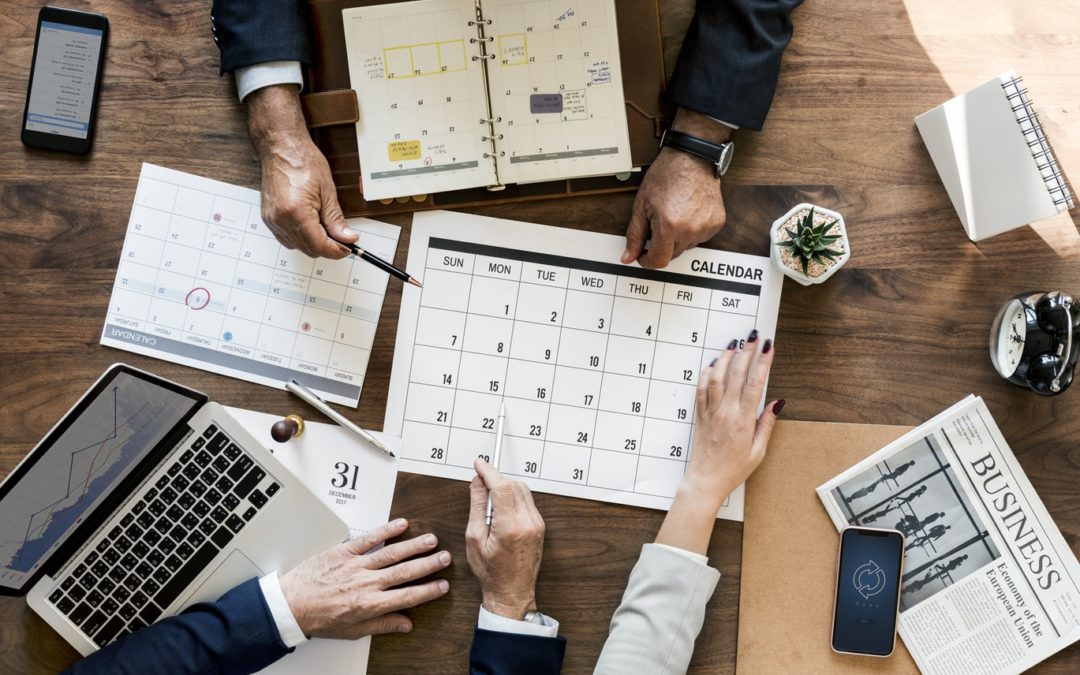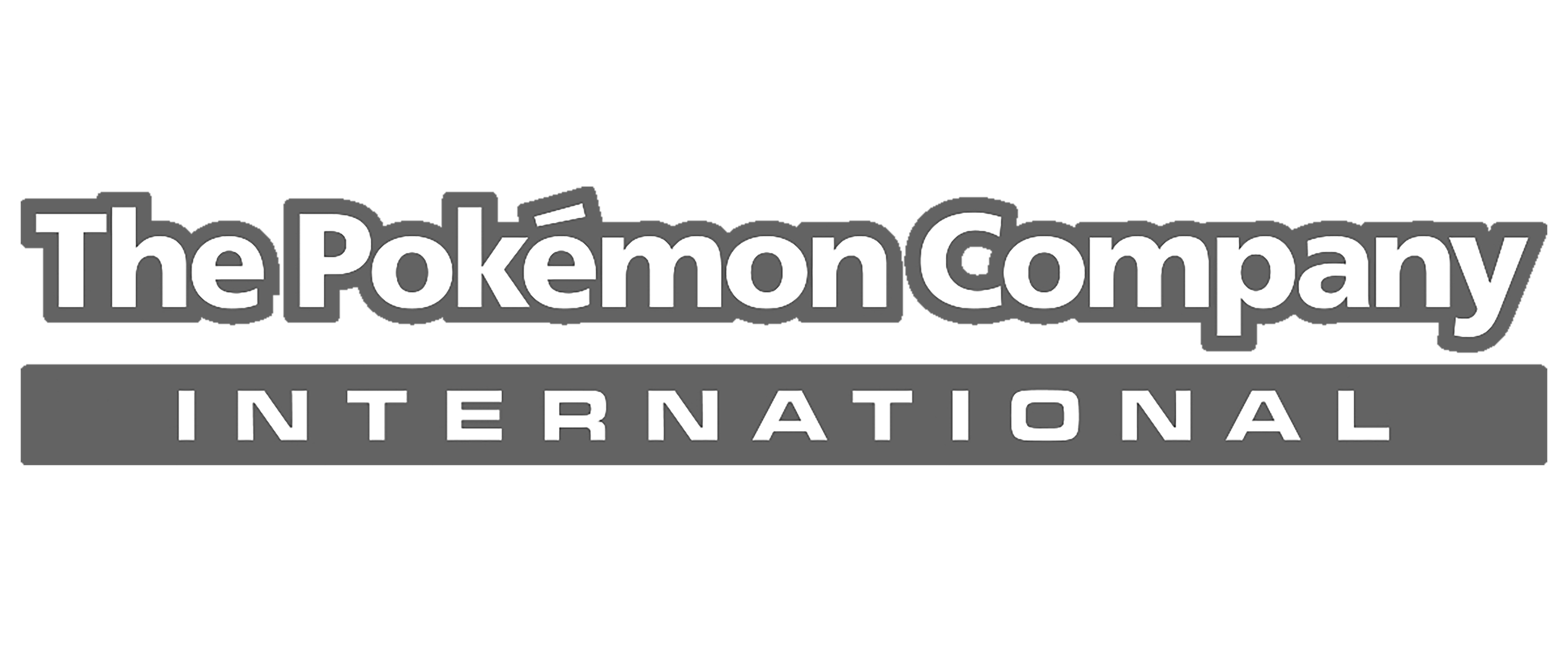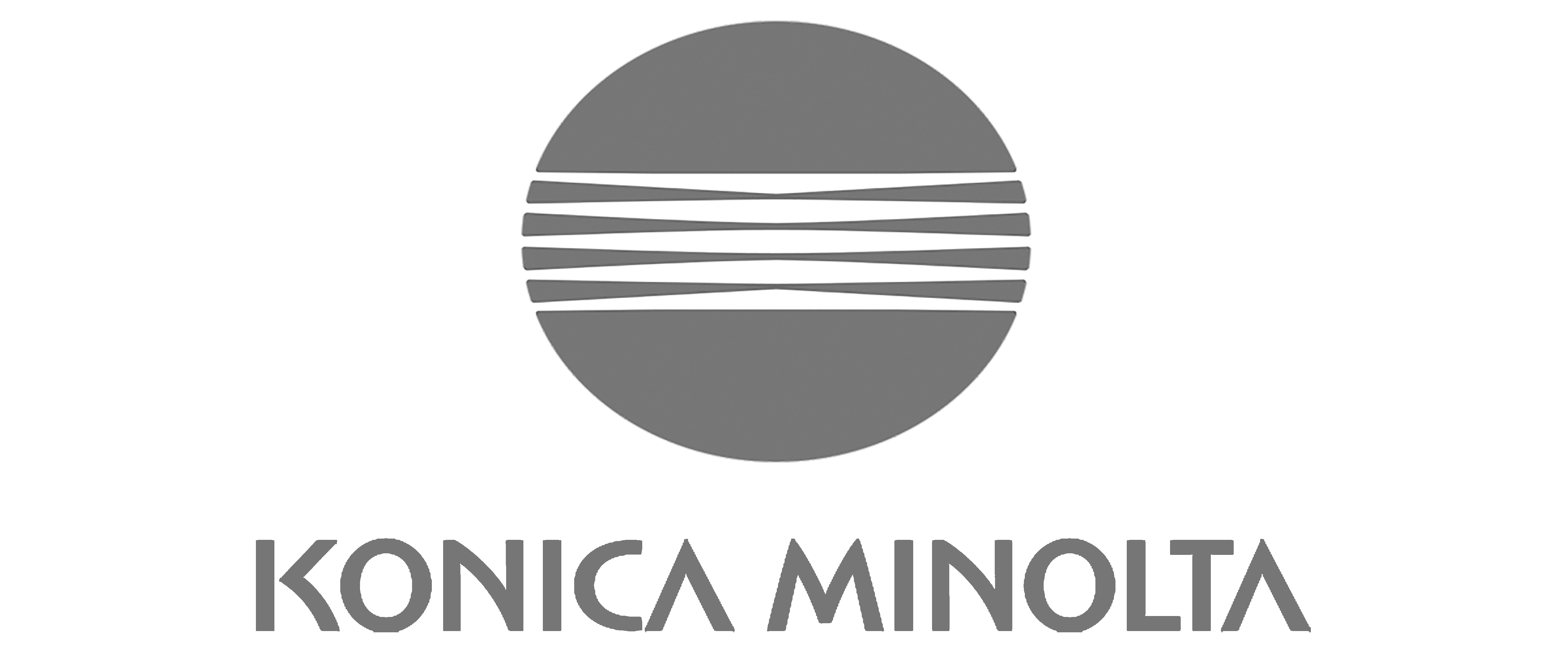Congratulations, you’ve decided that your marketing strategy should include exhibiting at a trade show. For first timers, the experience can be daunting. There are so many things you don’t know ranging from rules to budget, to ROI and industry visibility. How do you know what’s right? No matter your industry, there are many commonalities that you can count on that we’ve assembled here. Using this as a guide, you can ensure your first trade show is successful.
Preplan for Everything
The further in advance that you plan, the better deals you can obtain from an exhibit house, the less rushed your exhibit design house partner is, and the more likely it is that you’re able to create a trade show strategy that will maximize your leads and sales. Nobody ever suffered from planning in advance. On the other hand, they have suffered by waiting until the last minute. This includes surcharges, rush fees, after-show billing, a lack of cohesive strategy and poor ROI. Do yourself a favor as a newbie and plan your trade show in advance. Shoot for 6 months to 9 months in advance to adequately prepare.

Determine What Success Looks Like
How will you measure your ROI after your trade show? What does success look like? Is your goal to sell more widgets, to launch a product and create a buzz, to disrupt the industry’s current technology? Determine your goals, your desired ROI and how to achieve them by putting together a cohesive trade show strategy. This can help keep everyone focused on the end goal and improve your odds for a successful first trade show.

Take a Careful Look at Your Trade Show Budget
Unfortunately, over the years, we’ve seen many Marketing Managers or Marketing Directors who have been fired because they severely exceeded their budget constraints. Don’t let your first trade show break your budget. Instead, realistically determine what you can afford, determine how much of this will go towards travel, accommodations, staff per diems, the cost of the trade show booth itself, electrical and internet services you’ll have to purchase from the show provider, and then look at what you can afford for a trade show booth including installation and dismantling. This is why many first-time exhibitors start small with modular portable exhibits and eventually graduate to larger trade show booths as time progresses.

Train Your Trade Show Booth Staff
You may not realize it, but you’ll have a lot of competition on the trade show floor. If you haven’t trained your trade show booth staff, then you could be in for a rude awakening. People won’t just stop by your booth without a reason. They need something- an event, a spectacle, or your staff acting almost as carnival barkers driving people into your trade show booth. Once there, you’ve only got seconds for your staff to interest them in your goods and services. If you don’t have your elevator pitch worked out and a teaser to want people to learn more, you could be squandering your time on the trade show floor. Select your staff carefully and leave behind the shrinking violets or those who don’t know what your brand’s value proposition is or how to communicate that to others. Be choosy and travel light. You don’t need half of a small team to bring to the trade show in order to try and appear larger. People can see through that tactic. Bring a force of skilled, savvy, knowledgeable and outgoing staff to your first trade show.

Give People a Reason to Stop at Your Trade Show Booth
Finally, whether it’s your t booth design, a drawing for an exclusive giveaway, or some kind of special experiential event, you need to give people a reason to stop by. Why would they stop at a new exhibitor’s booth when there is a hall full of people in larger booths with more established brands? The answer can be as easy as hosting a game, using technology in an interesting way such as gamification or to assist people in using your product, simulations, creating a spectacle with performers, and more. Use your imagination and decide what might make you stop by your booth. Most of all, use that to your advantage and qualify leads while they’re there. Have conversations, build relationships, and compile a list of people you’ll contact after the show.

When you’re a newbie to the exhibiting game, there are many things you may be unaware of and may think exhibiting is easy. It can be easy when you know what to expect and prepare yourself for the good, the bad, and the potentially disastrous. Talk with your exhibit house partner and find out more of what you can expect from a show. Odds are they’ve had dozens of clients there just like you who were similarly nervous their first time out.











